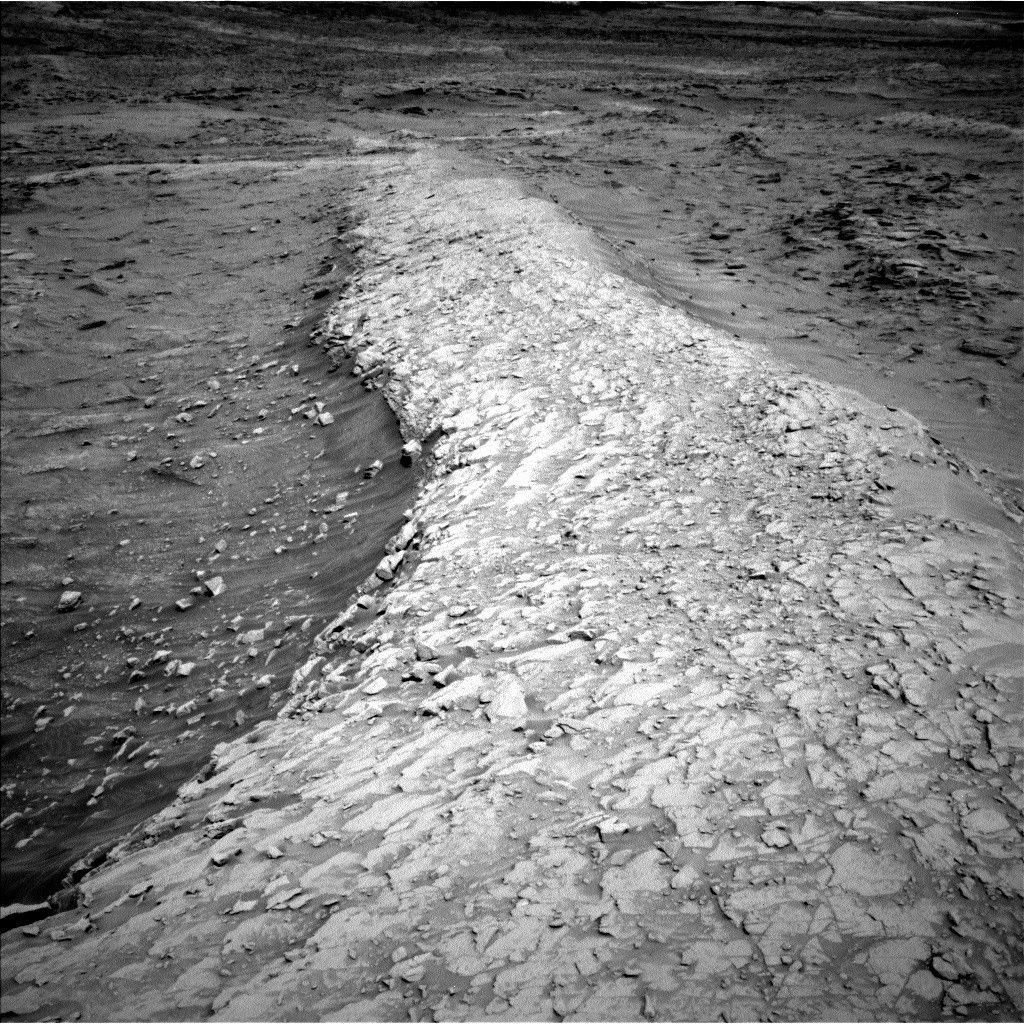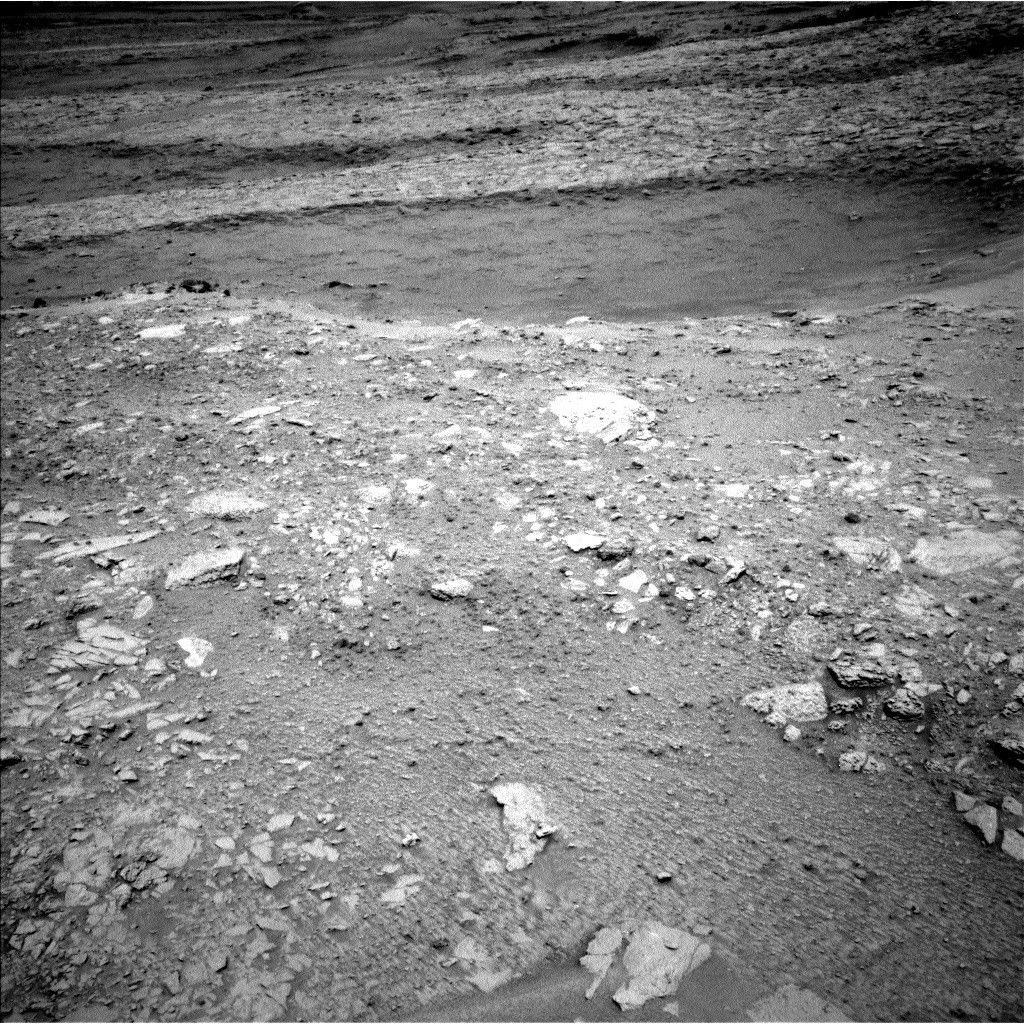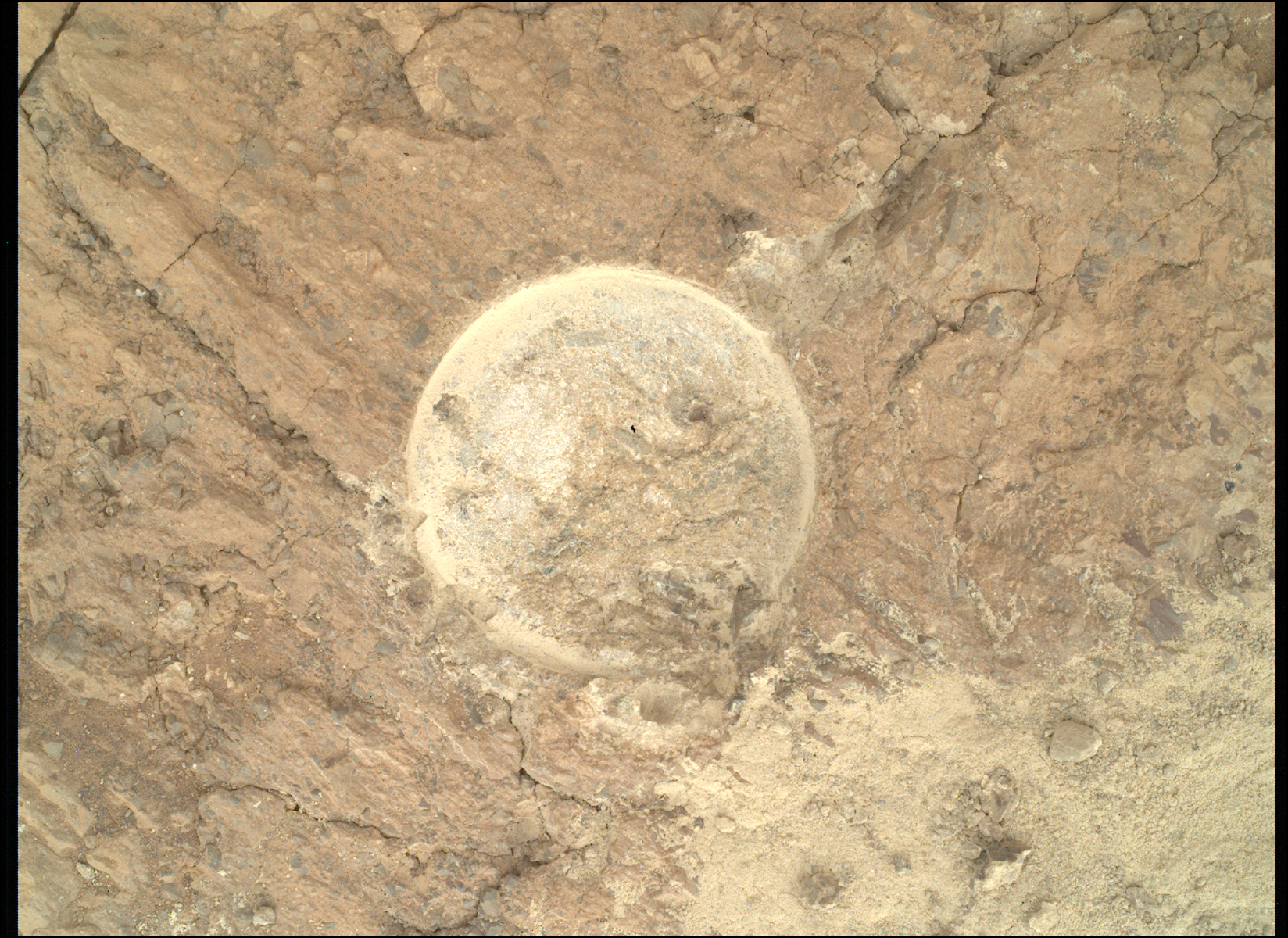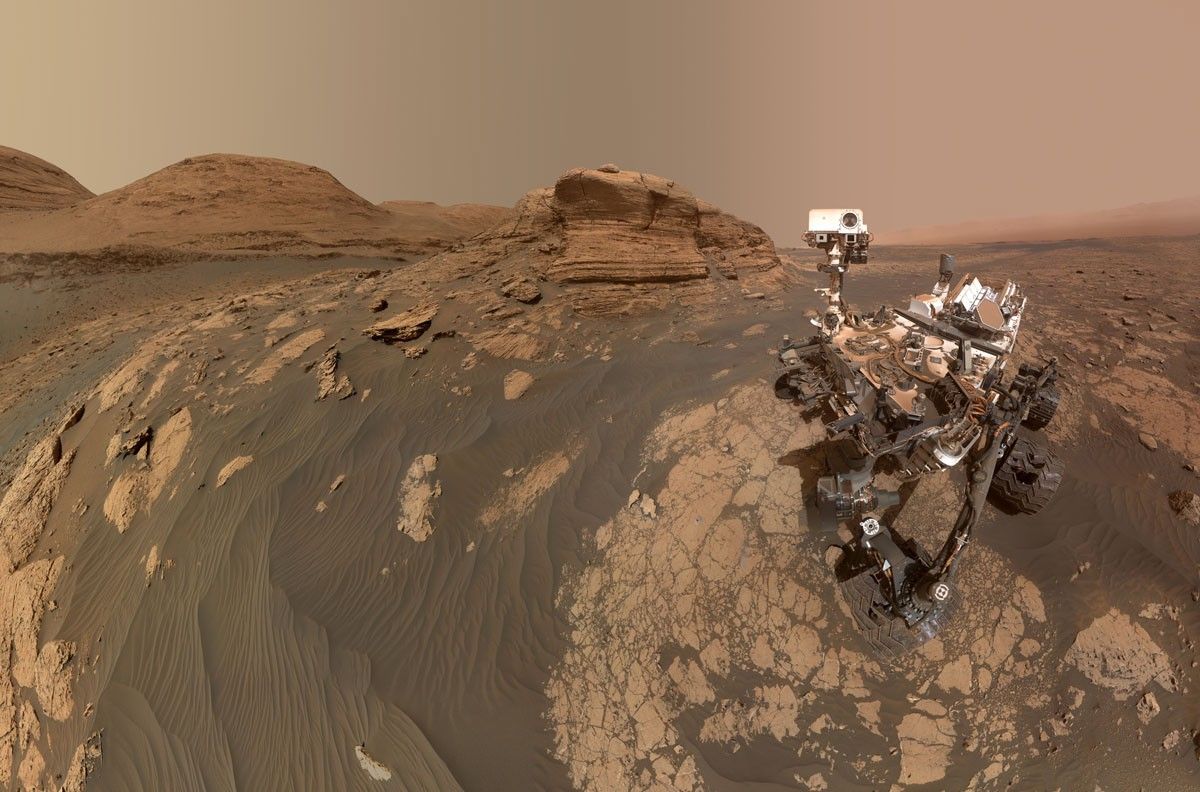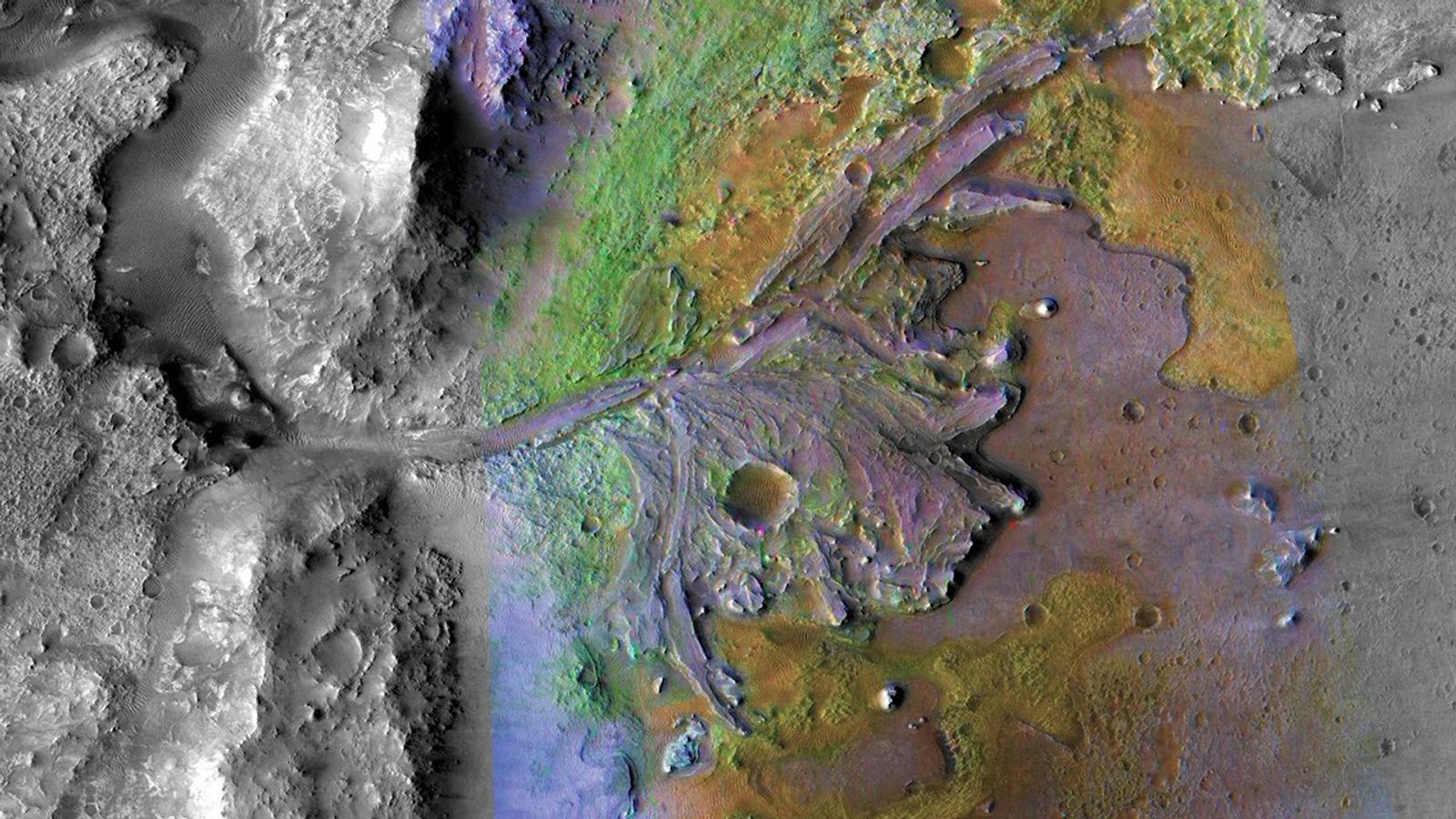Perseverance meets possible meteorite
Posted by Candace Bedford, Research Associate, Purdue University
October 1, 2025
During a recent exploration of the Vernodden bedrock by the Perseverance rover, it discovered an unusually shaped rock about 80 centimeters (about 31 inches) in diameter called “Phippsaxla.” This rock was identified as a point of interest based on its sculpted, high appearance, which contrasted with the low-lying, flat and fragmented surrounding rocks. Last week, Perseverance targeted Phippsaxla with its SuperCam instrument, which showed it was high in iron and nickel. This combination of elements is commonly associated with iron-nickel meteorites formed at the core of large asteroids, suggesting that the rock formed somewhere in the solar system.
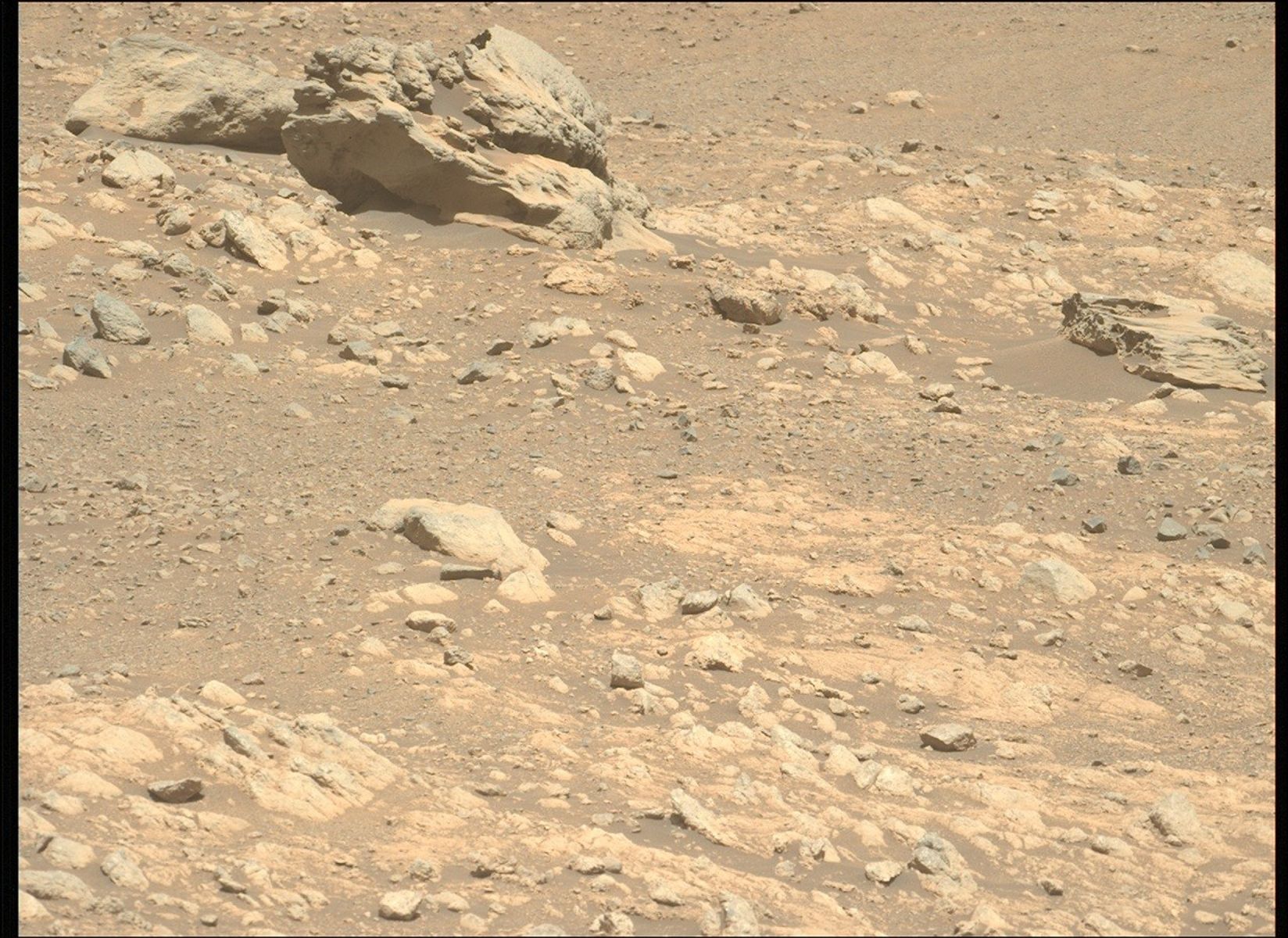
This isn't the first time a rover has encountered an exotic rock on Mars. The Curiosity rover discovered numerous iron-nickel meteorites along its path in Gale Crater, including a 1-meter (about 39 inches) wide meteorite. “Lebanon” meteorite back in 2014 and the “Cocoa” meteorite spotted in 2023. Both the Opportunity and Spirit rovers also found iron-nickel meteorites during their missions. Thus, it was somewhat surprising that Perseverance did not see iron-nickel meteorites at Jezero Crater, especially given that it is similar in age to Gale Crater and the number of smaller impact craters, suggesting that meteorites were indeed falling on the crater floor, delta, and crater rim throughout time. Now, outside the crater, on top of a rock known to have been formed by past impact processes, Perseverance has potentially discovered one of them. Due to the exotic composition of this rock, the team needs to conduct more research to confirm its status as a meteorite. But if the rock is considered a meteorite, Perseverance could finally add itself to the list of rovers that have examined fragments of Mars' rocky visitors.



